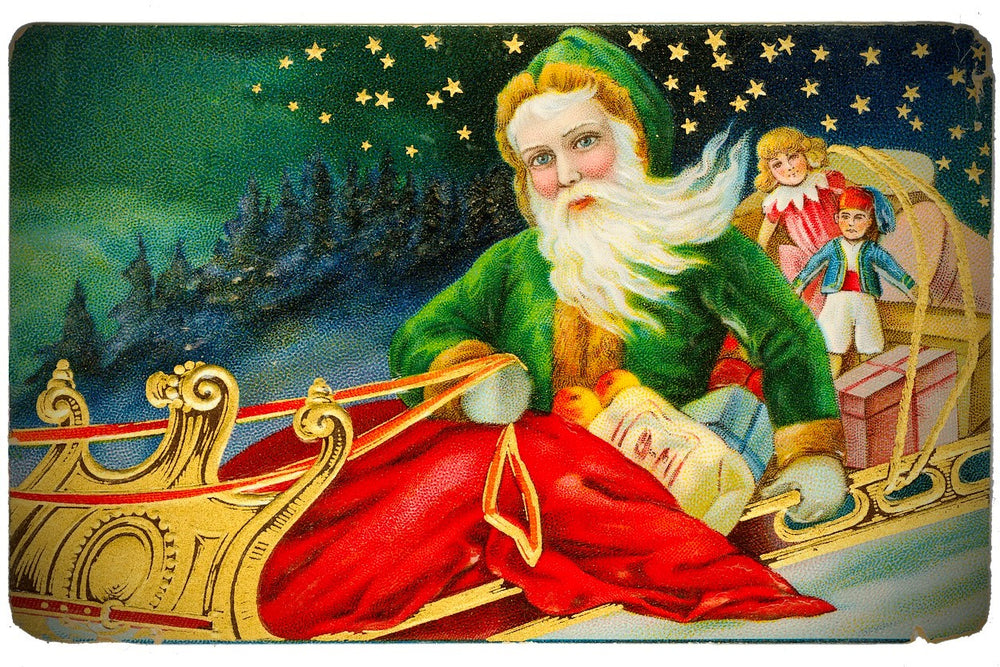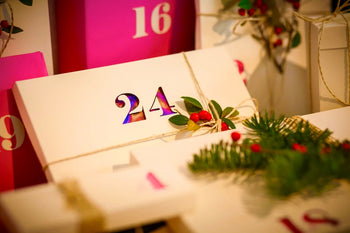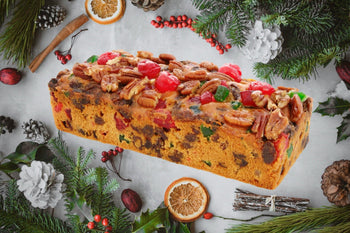Santa Claus, Father Christmas, Papa Noël - these are names that evoke images of a jolly, bearded man in a red suit, cheerfully spreading joy and gifts during the holiday season. But have you ever wondered where the term "Father Christmas" originated?
Join us on a merry expedition as we unwrap the history behind this beloved moniker and learn how this festive father figure become synonymous with the magical embodiment of the Christmas spirit.
The Roots of Yule Father: Ancient Origins
To understand the origins of Father Christmas, we need to take a step back in time to ancient pagan celebrations. Many ancient cultures, such as the Norse and the Celts, celebrated the winter solstice, known as Yule. During this time, they believed that a powerful figure known as the "Yule Father" would visit their homes to bring gifts and blessings.
The Yule Father was seen as a symbol of abundance and the rebirth of nature during the darkest time of the year. He was often depicted as a wise and benevolent figure, wearing furs and carrying a staff or a sack filled with gifts. The Yule Father was welcomed into homes and celebrated with feasts and festivities, marking the beginning of the winter season and the hope for a bountiful year ahead.
Saint Nicholas: The Gift-Giving Bishop
Fast forward to the 4th century, where a historical figure named Saint Nicholas enters the scene. Saint Nicholas was a Christian bishop known for his generosity and love for children. Born in the ancient city of Myra, which is now part of modern-day Turkey, he became famous for his anonymous gift-giving and caring nature.
The legend of Saint Nicholas spread throughout Europe, and he was revered as the patron saint of children, sailors, and the needy. People celebrated his feast day on December 6th, a day dedicated to acts of charity and gift-giving. Saint Nicholas was often depicted as a tall, bearded man in bishop's robes, carrying a staff and a sack of gifts.
The British Transformation: Father Christmas Emerges
In Britain, the character of Father Christmas began to take shape during the medieval period. He was often depicted as a tall, bearded man dressed in green robes, representing the spirit of the Christmas season. This figure was associated with feasting, merriment, and good cheer.
Father Christmas was not initially seen as a gift-bringer like Saint Nicholas, but rather as a symbol of the festive spirit of Christmas. He would appear during the holiday season, joining in the celebrations and spreading joy to all. People would sing and dance in the streets, and Father Christmas would be at the center of these merry festivities.
The First Use of the Term "Father Christmas": A Festive Discovery
While the concept of Father Christmas dates back centuries, the term itself didn't come into common usage until the 17th century. The earliest recorded use of the term "Father Christmas" can be traced back to a pamphlet published in 1635, titled "Christmas, His Masque." This pamphlet was written by the poet and playwright Ben Jonson.
In "Christmas, His Masque," Jonson created a character called "Christmas" who personified the festive season. This character was described as a jolly, bearded figure dressed in green robes, and he was referred to as "Father Christmas." This marked the first documented instance of the term being used to denote a specific holiday figure.
Jonson's portrayal of Father Christmas in his masque was instrumental in popularizing the term. It captured the imagination of the public and established a connection between the character and the festive celebrations of Christmas. Jonson's depiction aligned with the existing traditions of the time, and the term "Father Christmas" quickly gained recognition and acceptance.
Santa Claus: A Father Figure for All
Across the Atlantic, in the 18th century, a transformation occurred when the Dutch settlers in America
brought their tradition of "Sinterklaas" with them. "Sinterklaas" was a legendary figure based on Saint Nicholas, and his name eventually evolved into the familiar "Santa Claus."
Over time, "Sinterklaas" merged with the British Father Christmas to form the beloved character we know as Santa Claus today. The image of Santa Claus became further popularized through various works of literature, including the famous poem "A Visit from St. Nicholas" (commonly known as "The Night Before Christmas") by Clement Clarke Moore in 1823.
Santa Claus became the ultimate father figure, embodying the spirit of giving and joy. He traveled in a sleigh pulled by reindeer, magically delivering gifts to children all around the world on Christmas Eve. With his iconic red suit, white beard, and hearty laugh, Santa Claus captured the hearts of millions.
Papa Noel: A Global Journey
While Father Christmas and Santa Claus dominate the English-speaking world, other cultures have their own versions of this festive figure. In France, for example, they refer to him as "Papa Noël," emphasizing the familial aspect of the character. "Papa Noël" shares many similarities with the English Father Christmas and Santa Claus, including the tradition of delivering gifts to children on Christmas Eve.
Throughout the world, different cultures have their unique interpretations of the jolly gift-bringer, reflecting their own traditions and folklore. In Germany, children eagerly await the arrival of "Christkind" (Christ Child) who brings gifts on Christmas Eve. In Italy, the gift-giver is "La Befana," a kind-hearted witch who visits children on Epiphany Eve. In Russia, the figure of Ded Moroz (Grandfather Frost) and his granddaughter Snegurochka (Snow Maiden) bring joy and presents during the New Year celebrations.
These diverse interpretations of the festive figure highlight the universal desire to celebrate the spirit of giving, love, and joy during the holiday season. While the names and appearances may differ, the underlying message remains the same - to spread happiness and goodwill to all.
Father Christmas: The Eternal Spirit of Christmas
Today, Father Christmas continues to enchant both young and old, reminding us of the joy and wonder of the holiday season. Whether you call him Father Christmas, Santa Claus, Papa Noël, or by any other name, this legendary figure holds a special place in our hearts.
As the embodiment of the holiday spirit, Father Christmas represents the values of generosity, kindness, and love. He reminds us to cherish our loved ones, to embrace the magic of the season, and to share joy with those around us. The image of Father Christmas has become a symbol of hope and happiness, and his presence brings a sense of wonder and excitement to the Christmas celebrations.
So, as you hang your stockings and eagerly await his arrival, remember the rich history and traditions that have shaped this jolly symbol of Christmas. And as Father Christmas makes his rounds, spreading joy and goodwill, let us embrace the spirit of giving, love, and togetherness that he represents!
Want to make your home or business look like the North Pole?
Rent-A-Christmas can help!






